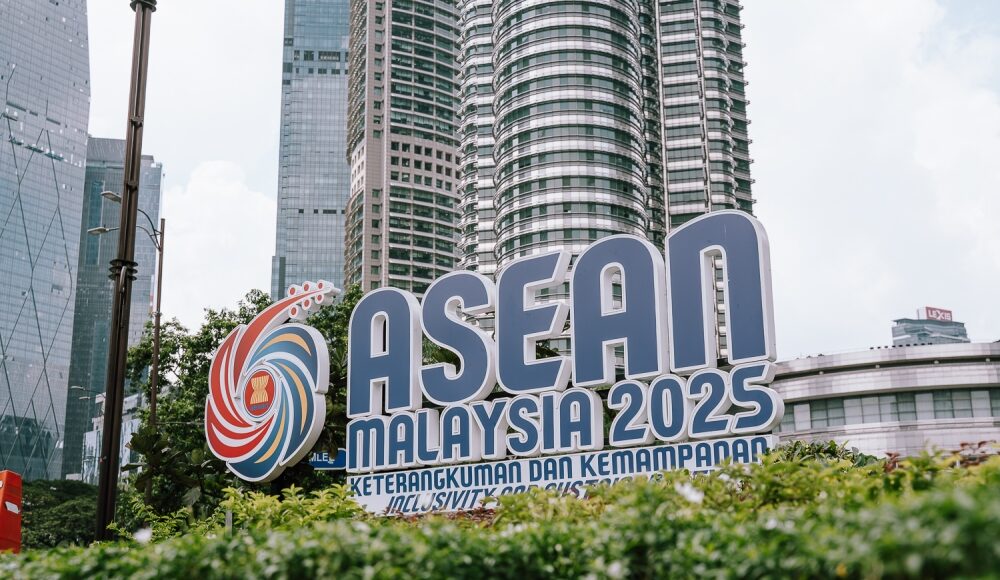JUNE 8 — As Asean grapples with the prolonged crisis in Myanmar, another challenge has emerged from within its own ranks — one that, if handled wisely, could help the regional bloc mature into a more credible conflict manager.
The recent fatal border skirmish between Cambodia and Thailand near the long-contested Preah Vihear Temple area has once again brought historic grievances to the surface.
A Cambodian soldier was reportedly shot dead by Thai forces in May 2025 during a patrol near the disputed “Emerald Triangle” zone. In response, Cambodian Prime Minister Hun Manet announced his intention to bring the matter before the International Court of Justice (ICJ), even without Thai consent.
While this incident could deepen bilateral mistrust, it also presents an opportunity for Asean — currently chaired by Malaysia — to prove that it is more than a ceremonial organisation. It could become a catalyst for building stronger regional mechanisms to deal with disputes that have too often been left to fester.
A constructive lens on a historic dispute
The Cambodia-Thailand dispute over Preah Vihear is not new. The ICJ ruled in 1962 that the temple belonged to Cambodia, but the surrounding 4.6 square kilometres remained contested. Armed clashes erupted between 2008 and 2011, prompting Asean to step in diplomatically for the first time in a military stand-off between its members.
That moment led to quiet shuttle diplomacy and a cooling of tensions. Now, in 2025, the situation threatens to escalate once more. But unlike in previous episodes, Asean has tools — however underused — that could be activated constructively.
Asean’s Treaty of Amity and Cooperation (TAC) includes a rarely invoked High Council for dispute settlement. Its Asean Regional Forum (ARF) and Asean Defence Ministers’ Meeting-Plus (ADMM+) offer platforms for dialogue. The Asean Institute for Peace and Reconciliation could also play a mediating role.
So why not use them?
From paralysis to pragmatism
One major obstacle has always been Asean’s consensus principle and its tradition of non-interference. But growing intra-regional disputes — whether over Myanmar’s humanitarian crisis, South China Sea claims, or now a live-fire incident between neighbours — demand more pragmatic engagement.
Malaysia, as Asean Chair in 2025, is well-positioned to lead. Prime Minister Anwar Ibrahim has already taken moral and strategic positions on global issues, from Palestine to Myanmar. Here, he could initiate a special meeting of Asean foreign ministers or even convene the High Council under TAC to mediate the dispute.
This would not be about choosing sides, but about reinforcing Asean’s ability to prevent escalation. A fact-finding mission, bilateral talks under Asean’s auspices, or even a confidence-building agreement on joint patrolling of the disputed area could help cool tempers and restore dialogue.
A lesson in equal treatment
The current episode also offers a chance to re-examine Asean’s uneven diplomatic responses. Cambodia was among the members that argued for quiet diplomacy in Myanmar. Now, as it seeks international adjudication for its own grievances, Asean must demonstrate it applies consistent standards for all.
This isn’t hypocrisy — it’s evolution. The willingness of Cambodia to elevate the issue to the ICJ reflects a broader trend in Southeast Asia: legal norms and international institutions are increasingly seen as valid channels for conflict resolution. Asean should not be threatened by this. Instead, it can play a bridging role — facilitating dialogue while respecting legal pathways pursued by its members.
Moreover, Asean must avoid letting external alignments complicate the issue. Cambodia’s close ties with China and Thailand’s alliance with the United States may add geopolitical layers to the dispute, but they need not define it. What matters is Asean’s ability to respond constructively and neutrally.
Turning a challenge into a blueprint
Handled correctly, this border crisis could provide a blueprint for Asean in responding to future internal tensions. It would send a clear message that Asean is capable of:
Convening early warning mechanisms for conflict de-escalation;
Acting as a diplomatic facilitator even without binding powers;
Strengthening regional solidarity through principled neutrality.
Importantly, it would reinforce Asean’s role in preserving peace not just as an aspiration, but as a practice.
This is not about solving the Preah Vihear dispute overnight. It is about setting a precedent: that no internal tension is too small — or too sensitive — for Asean to engage with diplomatically.
Conclusion: A constructive crossroads
In the shadow of Myanmar, it is easy to forget that Asean faces multiple, layered challenges.
The Cambodia-Thailand incident is not just a local flare-up; it is a reminder that Asean’s credibility starts with its ability to manage disputes within its own family.
Rather than retreat behind silence or soft statements, Asean can turn this moment into one of constructive diplomacy. Malaysia, as Asean Chair, has a chance to lead by example.
The choice is Asean’s. With foresight and firmness, this crisis can be the beginning of a stronger, more responsive Southeast Asian community.
* Phar Kim Beng, PhD, is Professor of Asean Studies at the International Islamic University Malaysia and author of The Future of Asean in the Indo-Pacific Order.
** This is the personal opinion of the writer or publication and does not necessarily represent the views of Malay Mail.





